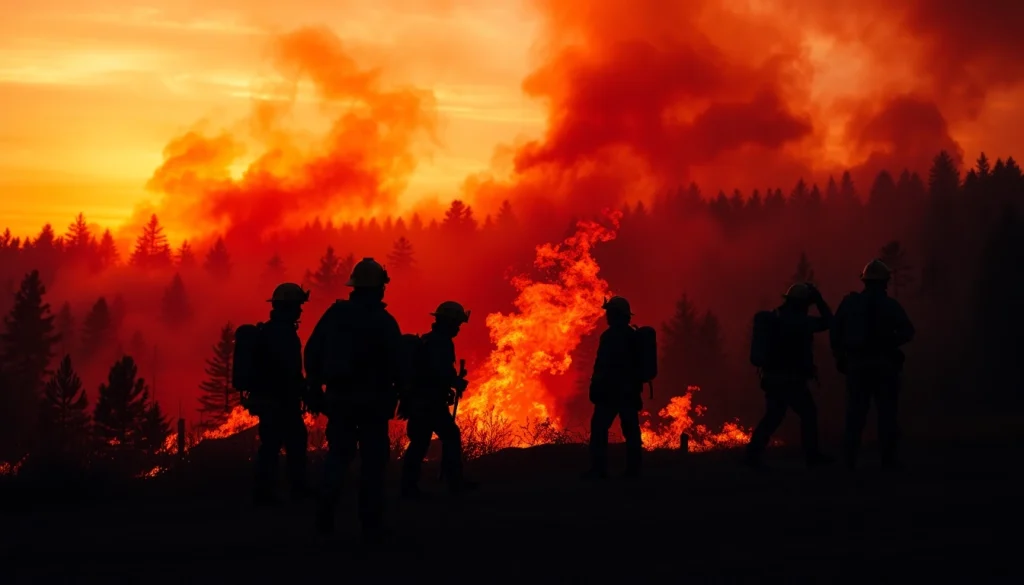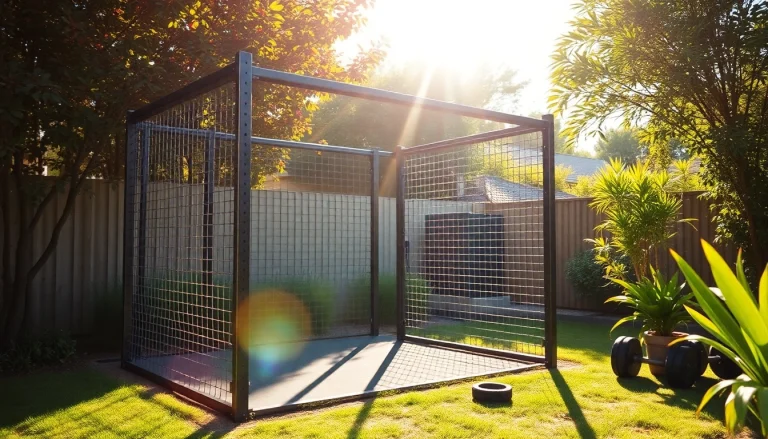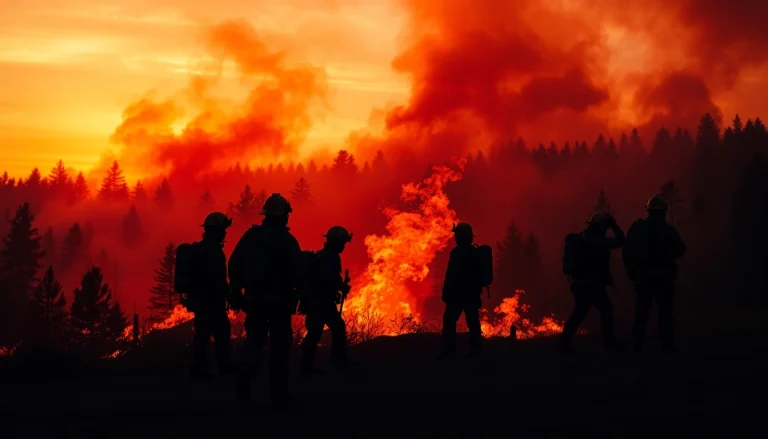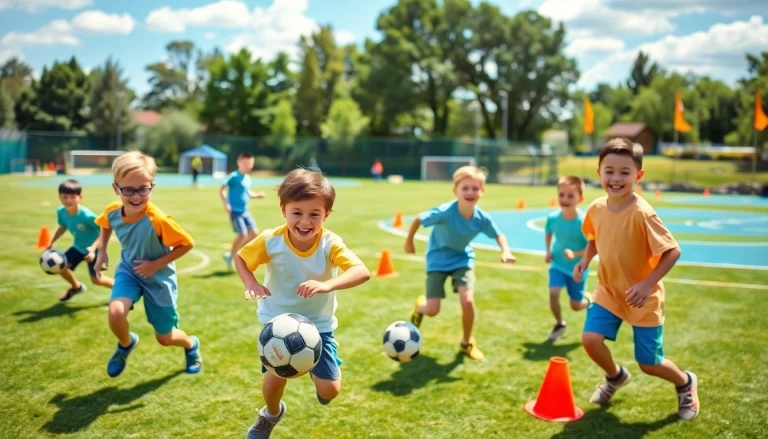
Introduction to Wildfire Events
Definition and Overview of Wildfire Events
Wildfire events refer to uncontrolled, rapid spread of fire through vegetation, often fueled by dry conditions, strong winds, and high temperatures. These destructive occurrences can range from small, manageable fires to large-scale infernos that devastate vast areas of land, wildlife, and communities. A wildfire’s rapid growth and intensity make it challenging to control, posing serious threats to property, ecosystems, and human life. The importance of understanding such events cannot be overstated, as they are becoming increasingly common due to various environmental and human factors.
The Growing Frequency of Wildfire Events
Recent years have witnessed a marked increase in the frequency and severity of wildfire events worldwide. Climate change is a significant driver of this trend, as rising temperatures, prolonged droughts, and changing precipitation patterns create ideal conditions for fires to ignite and spread. According to data from various agencies, including the National Interagency Fire Center, thousands of large wildfires have been recorded every year, burning millions of acres of land across nations.
This rising trend in wildfire activity is felt acutely in regions prone to dry weather, where fire seasons are becoming longer and more unpredictable. The societal and economic implications of these disasters are profound, highlighting the urgent need for better strategies in managing and preparing for such events. For more information about this crucial issue, readers can explore how wildfire events are affecting various regions globally.
Significant Consequences of Wildfire Events
The consequences of wildfire events extend far beyond the immediate destruction of property and natural resources. Environmentally, wildfires can have devastating effects on ecosystems, leading to soil erosion, loss of habitat, and long-term changes in land use. As plants and wildlife struggle to recover, the balance of the local ecosystem may be disrupted for years, if not decades.
Economically, wildfires wreak havoc on local and national economies. Property damage can be substantial, including the loss of homes, businesses, and infrastructure. Insurance claims often soar following major incidents. Additionally, resources must be allocated for firefighting efforts and recovery processes, which can strain public budgets and lead to rising taxes.
Socially, the impact of wildfires on communities can be profound. Displacement of residents and loss of property can leave psychological scars on individuals and families. Moreover, families that lose their homes may have difficulties finding new housing in affected areas where rebuilding takes time.
Causes and Triggers of Wildfire Events
Natural Factors Contributing to Wildfire Events
Natural causes of wildfires are often linked to the environment and weather conditions. Lightning strikes are among the most common natural causes, igniting fires in areas that are typically dry. Other natural triggers include volcanic eruptions, which can provide large sparks in otherwise stable ecosystems.
Additionally, the climate plays a crucial role in creating conducive conditions for fires. Regions experiencing droughts or high temperatures are particularly susceptible, as vegetation becomes dry and serves as perfect fuel for flames. Weather patterns, including wind direction and speed, can further exacerbate wildfire spread, contributing to rapid fire growth and making containment more complicated.
Human Activities and Their Role in Wildfire Events
While natural factors are significant, human activities often ignite and exacerbate wildfire events. Common triggers include agricultural practices, such as controlled burns that vent out of control, and careless actions like discarding lit cigarettes or improperly extinguished campfires. Population growth also correlates with increased human-wildfire interactions, as urban development encroaches into fire-prone areas.
Intentional acts, such as arson, also contribute to wildfire incidence. These actions not only destroy landscapes but also pose risks to lives and properties, leading to legal and criminal ramifications for perpetrators.
Climate Change and the Future of Wildfire Events
Climate change is a looming threat that contributes to the increasing magnitude and frequency of wildfire events globally. The steady rise in average global temperatures has been linked to more extreme weather patterns, including longer droughts and intensified heatwaves. These changes have led to the expansion of dry and fire-prone landscapes, increasing the likelihood of ignitions and rapid fire spread.
Future projections suggest that as climate change continues its trajectory, areas previously not susceptible to wildfires may experience them regularly. This troubling reality underscores the need for society to adapt and implement proactive measures to prevent and respond to wildfires.
Preparedness Strategies for Wildfire Events
Community Awareness and Education for Wildfire Events
One of the most effective ways to mitigate the risks associated with wildfire events is through community awareness and education. Local governments and organizations can run workshops and campaigns that inform residents about fire safety, warning signs, and measures they can take to protect their homes and families. Establishing a communal knowledge base about wildfires fosters resilience and proactive behaviors among residents.
Educational materials should cover topics such as creating defensible space around properties, understanding evacuation routes, and identifying emergency contacts. Schools can also foster understanding by integrating fire safety into their curricula, ensuring younger generations are educated about risks and safety measures.
Creating Effective Evacuation Plans for Wildfire Events
A comprehensive evacuation plan is critical for ensuring safety during wildfire events. Communities should develop clear, well-communicated evacuation routes that consider potential blockages such as road closures from fire activity or traffic congestion. Ensuring that these routes are regularly communicated and practiced through drills or simulations enhances their effectiveness during actual emergencies.
In addition to routes, providing information about designated shelters and resources available for evacuees can alleviate stress during emergencies. It’s vital that residents understand the importance of timely evacuations when warned by authorities, as delays can lead to dire consequences.
Resources for Dealing with Wildfire Events
Various resources are available for communities to help manage and prepare for wildfire events. Organizations like the National Fire Protection Association and local fire departments offer resources, including safety guidelines, training exercises, and community outreach initiatives. These organizations often provide access to vital information such as updates on current fires and preparedness tips.
Additionally, technology solutions, such as mobile apps that provide real-time alerts and educational materials, can empower residents. Local governments should invest in such partnerships to enhance their communities’ preparedness.
Response and Management During Wildfire Events
Emergency Response Teams in Wildfire Events
Effective management of wildfire events necessitates a coordinated response from emergency teams. Firefighting forces, often supported by federal and state agencies, respond to wildfires with specialized teams trained for various scenarios, including urban interface fires, forest fires, and hazardous situations.
These teams work around the clock to contain fires, protect life and property, and facilitate evacuations where necessary. Coordination with law enforcement and medical personnel also plays a role in ensuring safety on the ground during emergency situations.
Technology and Tools for Managing Wildfire Events
Advancements in technology have transformed wildfire response strategies, allowing for enhanced prediction, monitoring, and management of fires. Satellite imagery, drones, and thermal imaging technologies provide detailed data that help responders assess fire behavior and determine the best containment methods.
Additionally, predictive modeling tools analyze various factors influencing fire spread, aiding fire management teams in making informed decisions. Using these technologies increases the efficacy of firefighting efforts and can significantly reduce damages during wildfire events.
Collaboration Among Agencies During Wildfire Events
Collaboration among multiple agencies is crucial in effectively managing wildfire events. Effective partnerships between federal, state, and local organizations create streamlined processes for communication and resource sharing. This collaboration can lead to rapid mobilization of resources and skilled personnel when disaster strikes.
Building a network of relationships among various agencies before fires ignite can enhance coordination and ultimately save lives and resources. Regular training exercises and joint response drills can further solidify collaborative efforts.
Long-term Recovery from Wildfire Events
Assessment of Damage Post-Wildfire Events
Assessing damage after wildfire events is essential to understand the full impact and determine recovery strategies. This involves evaluating the extent of property loss, infrastructure damage, and ecological impacts on the environment. Conducting thorough assessments allows stakeholders to identify the needs of affected communities and prioritize resources accordingly.
Data gleaned from these assessments serves as a basis for recovery plans and helps allocate federal, state, and local aid in the rebuilding phase. Understanding how landscapes and ecosystems have changed is also vital in informing future fire prevention measures.
Community Rebuilding and Resilience After Wildfire Events
The recovery phase following a wildfire is often lengthy and complex. Communities must band together to support one another during rebuilding efforts. Strategies for successful recovery involve not only physical reconstruction but also addressing mental health and emotional well-being of affected residents.
Building resilience means investing in infrastructure that can withstand future disasters—this includes enhancing vegetation management practices and ensuring that new developments are fire-resistant. Community-led recovery initiatives can foster a sense of unity and shared purpose among those affected.
Lessons Learned from Past Wildfire Events
As wildfire events continue to rise, it is crucial to analyze lessons learned from past occurrences to develop effective future strategies. Each fire event provides invaluable insights that can inform emergency response protocols, community preparedness initiatives, and long-term resilience building efforts.
Sharing these lessons through community forums and educational avenues ensures that knowledge is passed down, leading to better preparedness in the face of future wildfires. Emphasizing adaptability and innovation in response and recovery efforts will be key in mitigating the impact of wildfire events moving forward.






